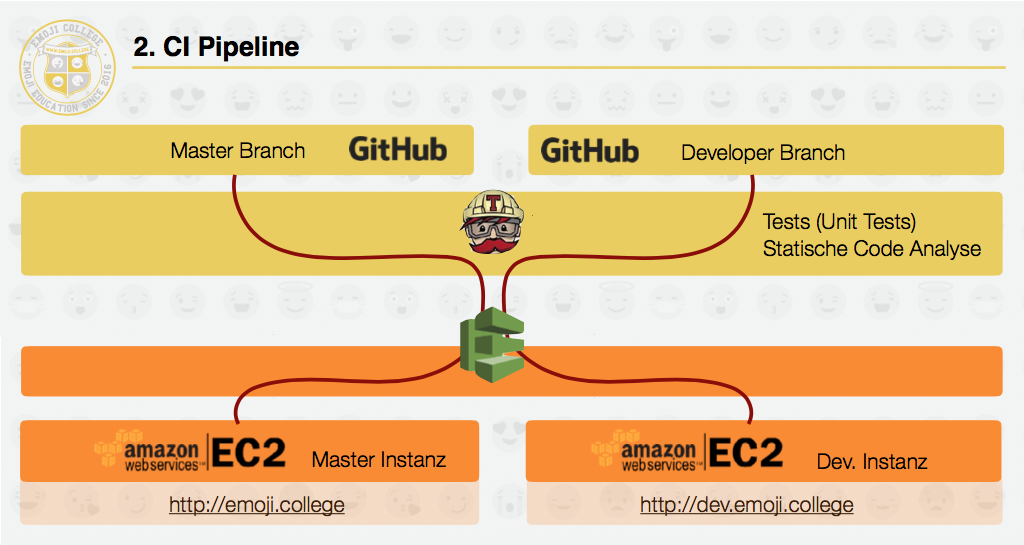Tag: Amazon Web Services
Multiplayer TypeScript Application run on AWS Services
Daniel Knizia – dk100@hdm-stuttgart.deBenjamin Janzen – bj009@hdm-stuttgart.de The project CatchMe is a location-based multiplayer game for mobile devices. The idea stems from the classic board game Scotland Yard, basically a modern version of hide & seek. You play in a group with up to 5 players outside, where on of the players gets to be…
Production Monitoring – Industry 4.0
When I was invited to a design thinking workshop of the summer school of Lucerne – University of Applied Sciences and Arts, I made my first experience with the end user interaction part of Industry 4.0. It was an awesome week with a lot of great people and made me interested in the whole Industry…
- Cloud Technologies, Scalable Systems, Student Projects, System Architecture, Ultra Large Scale Systems
Building a fully scalable architecture with AWS
What I learned in building the StateOfVeganism ? By now, we all know that news and media shape our viewson these discussed topics. Of course, this is different from person to person. Some might be influenced a little more than others, but there always is some opinion communicated. Considering this, it would be really interesting…
Building an HdM Alexa Skill – Part 3
We present our own HdM Alexa Skill and share the experience we gained throughout this project. This time: Developing the skill using Test-driven Development.

Continuous Integration with Travis CI and Amazon Webservices
Introduction In the the course Software Engineering and Management and Interactive Media at Stuttgart Media University, we launched an interactive web application called Emoji College. www.emoji.college The following blog entry is a brief description of what is going on in this project. The main focus relies on the implementation of a continuous integration pipeline with…

Building an HdM Alexa Skill – Part 2
We present our own HdM Alexa Skill and share the experience we gained throughout this project. This time: Decisions, Developed Modules and Implementation.

Building a HdM Alexa Skill – Part 1
We present our own HdM Alexa Skill and share the experience we gained throughout this project.
